Explore the ALSO Children’s Homes Wishlist and help fill the season with joy for the children supported by ALSO.
Explore the ALSO Children’s Homes Wishlist and help fill the season with joy for the children supported by ALSO.
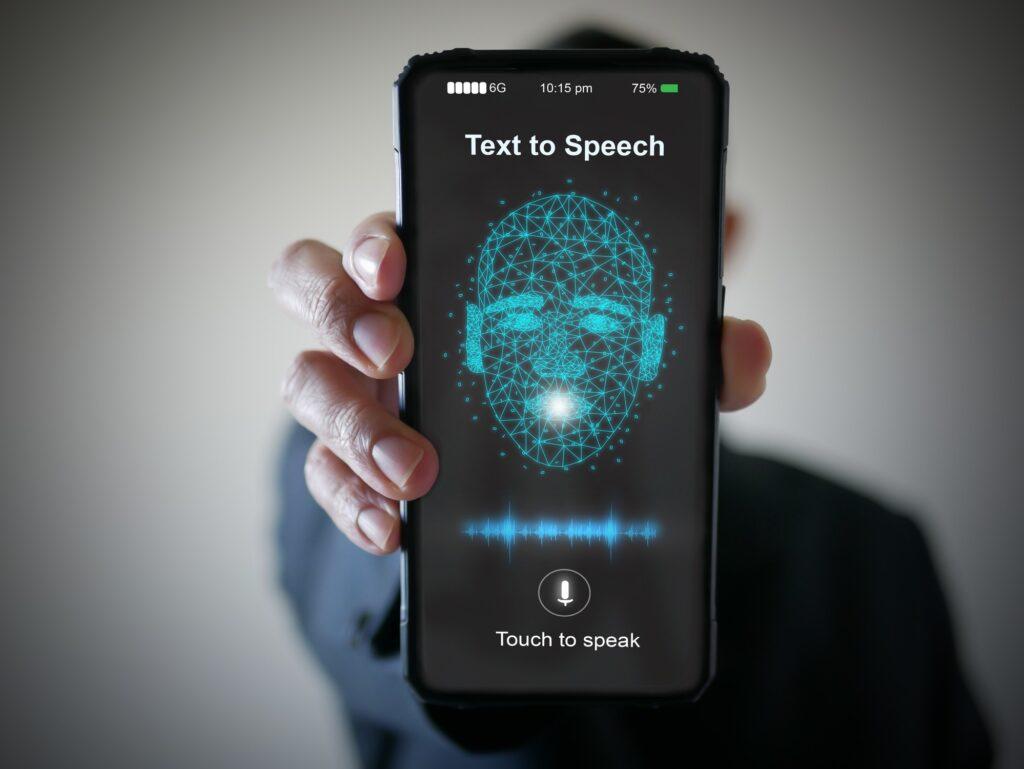
It’s safe to say that most of us use some kind of assistive technology (AT) daily. Remote control devices make it easier to turn on the television. Cell phones navigate us to the library. Even a wheelbarrow is a form of assistive technology, helping us to move heavy items from one place to another without breaking our backs. All of these things make daily tasks easier to complete.
Assistive technology is a tool or device that helps people accomplish daily independent living skills and activities. At ALSO, one of our many services is to assist individuals with intellectual and developmental disabilities (I/DD) in acquiring and using assistive technology.
AT sometimes involves electronic equipment or computer software that’s complex and expensive. It can also involve relatively low tech adaptive equipment or assistive devices, such as a walking cane, or a long-handled reacher.
AT breaks down barriers to equal access that those with disabilities can encounter at home, at school, at work, and in the community. Thus, it plays a major role in equitable community living and full community inclusion.
World Health Organization (WHO) Director-General Dr. Tedros Adhanom Ghebreyesus has this to say about AT:
“[It is] a life-changer – it opens the door to education for children with impairments, employment, and social interaction for adults…and an independent life of dignity…”
ADDITIONAL RESOURCE: The Benefits of Assistive Technology for People with Disabilities
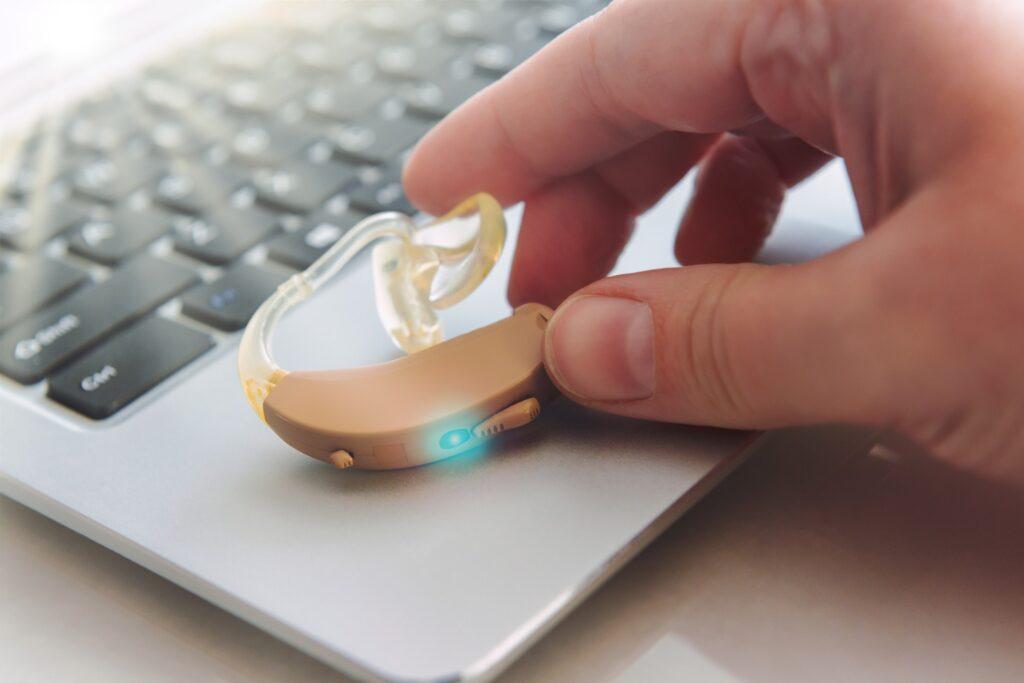
There’s a huge amount of assistive technology devices available to people with disabilities (including older adults), and new technology is being continuously developed. Furthermore, AT may be considered a medical device and partially or fully covered by insurance. Let’s check out some of these major categories of AT devices.
We’re likely more familiar with mobility aids for those with physical disabilities. This form of adaptive equipment helps people get from one place to another and includes wheelchairs, walkers, canes, and electric scooters.
Mobility aids also include anything that helps someone move more independently, making activities of daily living and other tasks easier, such as:
Have you thought of how an accessible playground can be considered a mobility aid? Check out this directory of accessible playgrounds in Oregon.
Thanks to continuous high tech innovations, people with disabilities in communication can function at school and at work alongside their peers without disabilities. Just a few of them are:
There are several recently developed tools available for people living with visual impairments.
Advanced hearing aid technology allows for the following improvements:
Although we often think of those who need hearing aids as older people, research has documented an extensive prevalence of hearing impairments in those with I/DD. Fortunately, the staff at ALSO regularly advocates for regular hearing evaluations for the people we support.
People with cognitive and intellectual disabilities may have trouble with memory, distractibility, staying organized, and/or expressing thoughts/emotions. Cognitive ability tools have been used successfully at home and in the workplace.
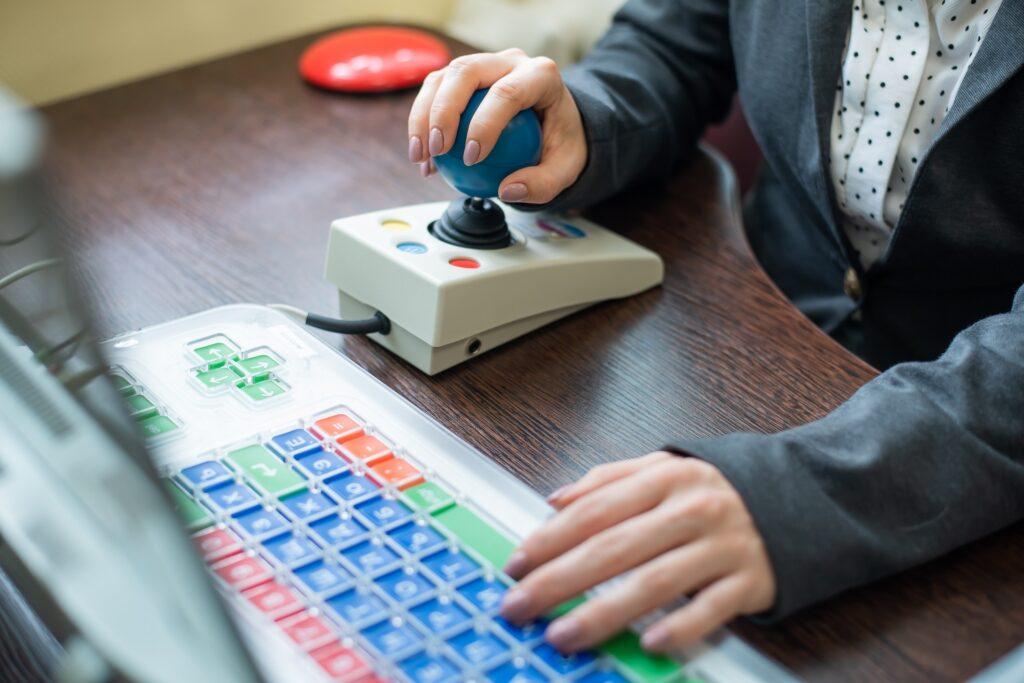
Assistive technology and related services are a vital way to promote autonomy, choice, and enhance overall quality of life. AT helps people with disabilities complete tasks on their own. Therefore, an AT device that appropriately meets individual needs is not just a piece of equipment that makes ‘life a little easier.’ Instead, AT is a vital way to enhance self-determination, self-advocacy, and independence. Thanks to so many innovations in AT (and many dedicated disability advocates), competitive employment, equal opportunity in education, and accessible housing is a reality for people with disabilities.
Dr. Ghebreyesus, Director-General of WHO reminds us that as we support the widespread adoption of assistive technology for people with disabilities, we also support society as a whole by:
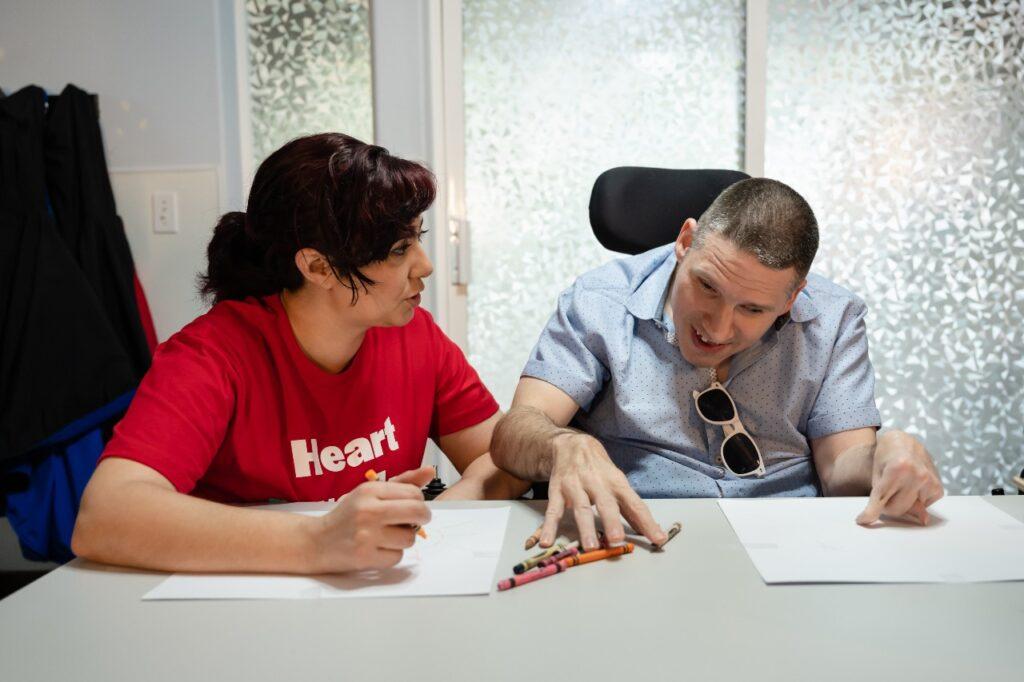
For over 25 years, ALSO has been providing support services for people with I/DD throughout Oregon. This includes advocacy and facilitation of assistive technology services. We work tirelessly with speech-language pathologists, occupational therapists, and other healthcare providers to meet the individual needs with person-centered care. We’ve seen how comprehensive assistive technology assessments, along with follow-up training and support have transformed lives and positively impacted families, caregivers and communities.
Learn more about our disability support services today!
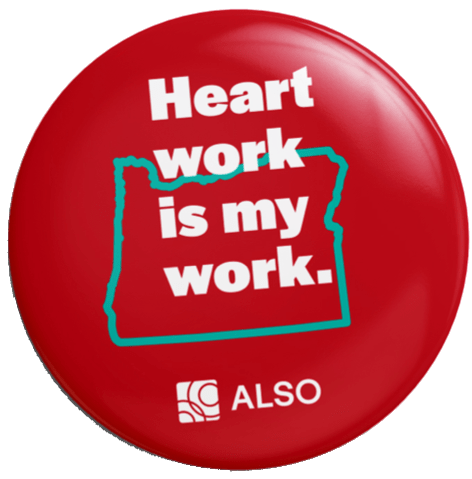
Sign up for our newsletter to get our latest news, content, and job opportunities.
Help us ensure that everyone has the same opportunities in their home, workplace and community. Let’s make dreams!
